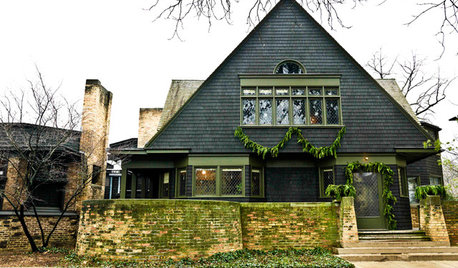sharing experiences with rugosas
scardan123
15 years ago
Featured Answer
Comments (16)
dublinbay z6 (KS)
15 years agojerijen
15 years agoRelated Professionals
West Milford Landscape Architects & Landscape Designers · Horsham Landscape Architects & Landscape Designers · Montgomeryville Landscape Architects & Landscape Designers · Peabody Landscape Contractors · Bellefontaine Neighbors Landscape Contractors · Emmaus Landscape Contractors · Lynwood Landscape Contractors · National City Landscape Contractors · North Haven Landscape Contractors · Richmond Landscape Contractors · Round Lake Landscape Contractors · Severna Park Landscape Contractors · Welby Landscape Contractors · Eastvale Swimming Pool Builders · Layton Siding & Exteriorscatsrose
15 years agorjlinva
15 years agorjlinva
15 years agopatriciae_gw
15 years agojon_in_wessex
15 years agojerijen
15 years agoingrid_vc so. CA zone 9
15 years agoolga_6b
15 years agopatriciae_gw
15 years agobarbarag_happy
15 years agoAnneCecilia z5 MI
15 years agoleo_prairie_view
15 years agocarla17
15 years ago
Related Stories

LIFEThe Good House: An Experience to Remember
A home that enriches us is more than something we own. It invites meaningful experiences and connections
Full Story
MOST POPULARExperience the Holidays at Frank Lloyd Wright's Home and Studio
Handmade decorations, greenery and gifts show how the famed architect and his family celebrated Christmas in their Oak Park home
Full Story
DESIGN PRACTICEDesign Practice: How to Ensure the Best Client Experience
Pro to pro: Learn about standard procedures to make clients happy and things easier on you
Full Story
THE ART OF ARCHITECTUREExperience Your New Home — Before You Build It
Photorealistic renderings can give you a clearer picture of the house you're planning before you take the leap
Full Story
HOLIDAY HOME TOURSExperience a Victorian Christmas at the Gibson House
Step back in time into the extravagant and carefully preserved Boston residence of a wealthy widow, decorated elegantly for the holidays
Full Story
LANDSCAPE DESIGNArt Brings a New Experience to Modern Home Exteriors
Sculptures and paintings on a home's exterior can create impact and interest before anyone even steps inside
Full Story
HOUZZ TOURSHouzz Tour: A Hard-to-Find Door Just Adds to the Experience
A roundabout entry allows guests to fully enjoy this modern cedar box perched over a creek in Austin, Texas
Full Story
LIFEIs Cabin Fever Real? Share Your Story
Are snow piles across the U.S. leading to masses of irritability and boredom? We want to hear your experience
Full Story
KIDS’ SPACESWorking Solutions for Shared Kids' Spaces
See how siblings of different ages and genders can share a room in style
Full Story
KIDS’ SPACESRoom of the Day: 3 Brothers Share 1 Big Bedroom in Hawaii
With a loft, personalized areas and plenty of space for play, this shared boys’ bedroom inspires togetherness and a sense of fun
Full StoryMore Discussions









scardan123Original Author